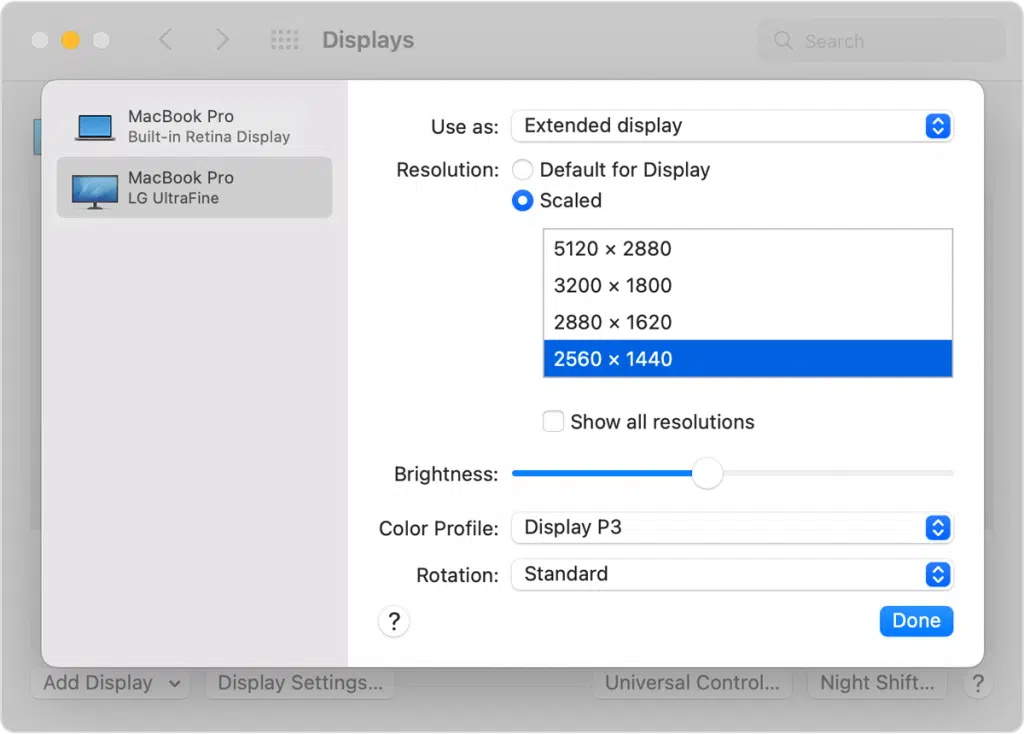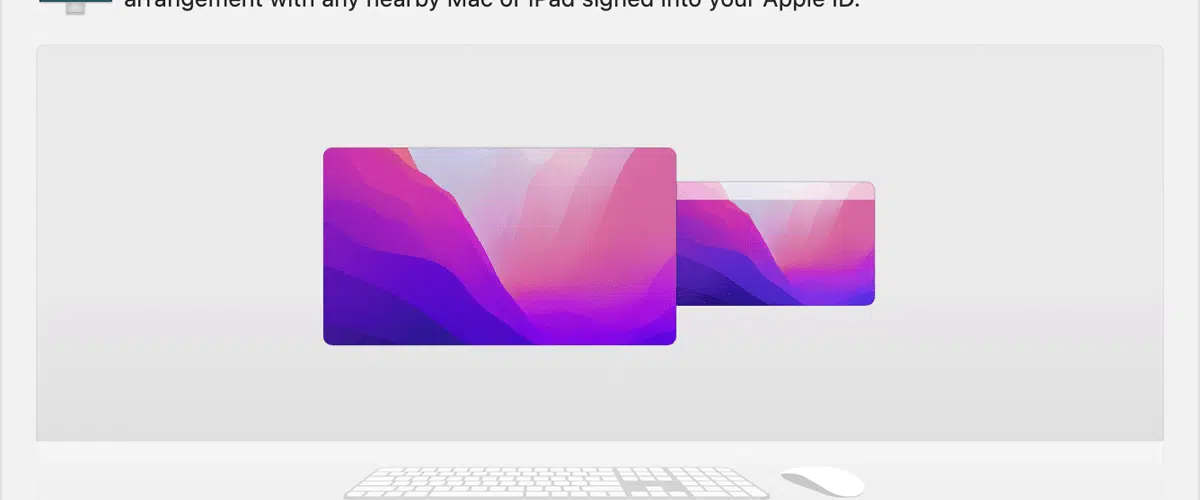Table of Contents
MacBook Air Not Detecting External Display
If your MacBook Air is not detecting an external display, there are a few things that you can do to make the display appear. First of all, you need to ensure that your monitor is plugged in and that you have updated the software for your monitor.
Next, open System Preferences and go to Displays. Hold down the Alt/Option key until you see a button that says Detect Displays. If it does, click it and your Mac should start detecting the external display.
Fix MacBook Air not detecting External display:
The first step to troubleshooting the issue of MacBook Air not detecting external displays is to make sure your monitor is connected to your computer.
If it isn’t, you may need to update software or change the resolution of your external display. Then, reboot your Mac. If these steps fail to fix the problem, you can try other solutions.
If your external display is connected to your Mac via an adapter, you should check the cable for loose connections. You can also try detaching the cable and reconnecting it.
If your external monitor still isn’t recognizing your Mac, you may need to update the operating system. This can be done through the Apple menu.
Remedy MacBook Air not detecting External display:
If you have a problem with your external display not detecting your MacBook Air, you may need to reset it. To do so, navigate to the Apple menu and select System Preferences. In the Resolution section, select Scaled.
You can also press the Option key to reveal a hidden option, Detect Displays, at the bottom right of the screen. This will allow the Mac to scan for connected displays.
You may also need to restart your computer. If this does not work, check your connection cables and ports. If they are all properly connected, you should be able to see your external display.
Checking if your MacBook Air has enough power to push pixels to an external monitor:
If you’ve tried to connect your MacBook Air to an external monitor, but you’ve noticed that it’s blank or the picture on the external display is not what you expected, it may be because the MacBook is running on its internal battery.
If this is the case, try connecting your MacBook to a power outlet. Alternatively, you can also use a USB-C adapter and connect the display cable directly to your Mac. Then, use the Ctrl + F2 keyboard shortcut to check the brightness of the external display.
Make sure that you’re connecting the monitor cable properly. If the cable is loose, this could cause the Mac to be unable to recognize the external display. If the problem persists, you can try detaching and reconnecting the cable.

Also, check the power source and monitor the connection. If they’re both working, your Mac might not have enough power to push pixels to the external monitor.
Cleaning the ports:
If your MacBook Air is not detecting an external display, you may need to clean the ports. These ports can become clogged with dust or debris.
You can use compressed air to clean them. Alternatively, you can use a toothbrush to clean them gently. Once you’ve done this, you may want to test the connections with a different Mac.
Next, you should check whether your external display has HDMI and mini-Display ports. If it has, use the Type-C port to connect it to your Mac.
If not, clean the HDMI port with compressed air. In addition, make sure that all of the cables are connected properly to your external display.
Rebooting the Mac:
If your MacBook Air is not detecting your external display, you might be wondering what to do to resolve this issue. First, try rebooting your computer. If this does not fix the issue, you can try resetting the SMC. This can take up to 20 minutes.
You can also try changing the brightness and resolution of your external display. This can often fix the problem. Make sure that all connection cables and ports are functioning properly.
Restarting your MacBook will also solve a lot of connectivity problems. Check the monitor’s connection port and make sure it is plugged in properly.
In the event that you are using a USB-C cable, this may cause a problem. If you are unable to change the settings, try rebooting your Mac.
This will reset the display and bring the built-in display back to life. You can also try turning off Automatic graphics switching to increase the battery life of your Mac.





Add comment